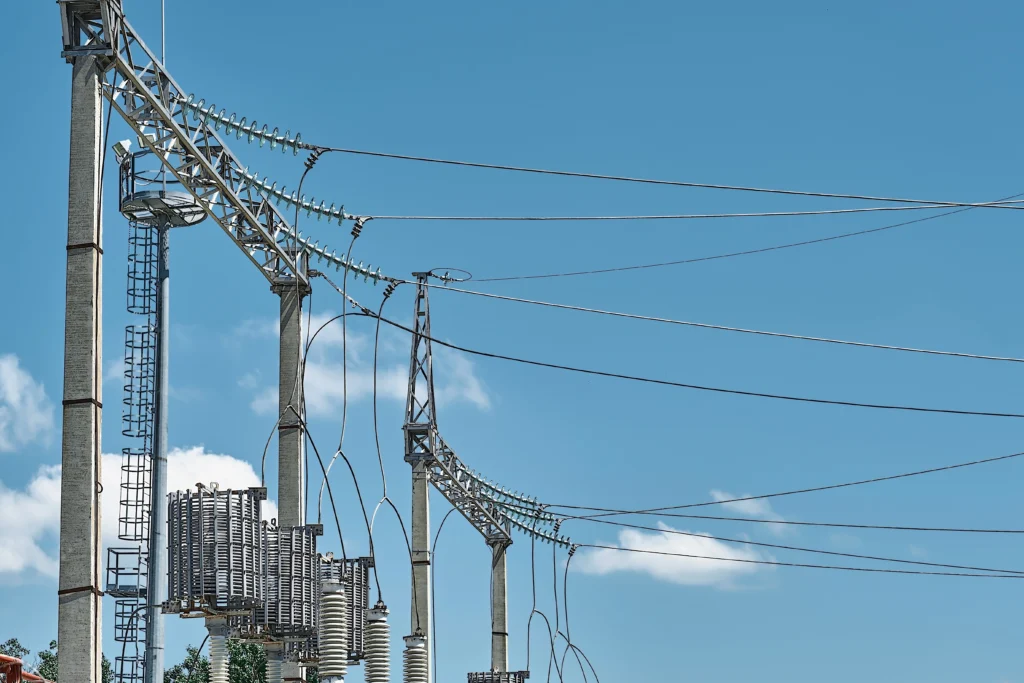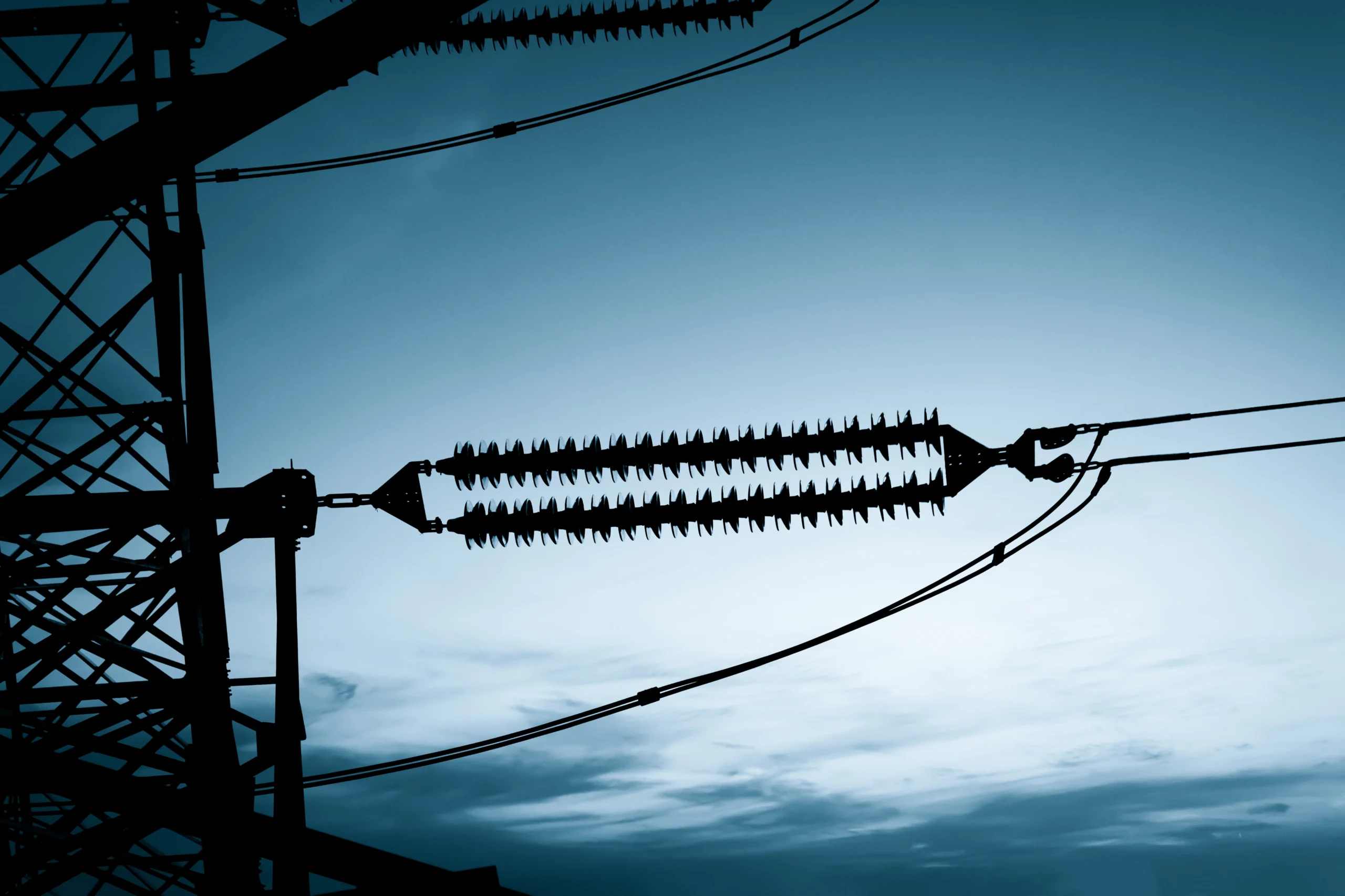Isolation Chain: 4 Essential Roles in Electrical Safety and System Integrity
Introduction
You might not see it. You might not even know it exists. But the isolation chain is silently working behind the scenes in every safe electrical system you’ve ever used. Think about a maintenance technician climbing into a high-voltage substation. What keeps them safe from deadly currents? It’s not just training or protective gear—it’s the isolation chain doing its job. Understanding its roles can protect your systems, your people, and ultimately, your future.
In this guide, you’ll discover the four essential roles of an isolation chain and why it’s a non-negotiable part of every modern electrical setup. From ensuring human safety to controlling operations in critical scenarios, each component of the chain plays a vital role.
Table of Contents
What Is an Isolation Chain?
The isolation chain refers to the structured sequence of devices and protocols designed to completely disconnect electrical circuits from power sources. It’s your first and last defense when dealing with electricity.
Why It’s Important
- Prevents accidental energizing of systems during maintenance
- Isolates faults before they escalate into full system failures
- Maintains operational integrity in complex electrical networks
Where You’ll Find It
- Industrial power plants
- Renewable energy installations
- Electrical substations
- Commercial buildings and data centers
Industry Standards: Isolation systems are defined and regulated under international codes such as IEC 60947, NFPA 70E, and IEEE 1584.
Role 1: Physical Separation – Your First Line of Defense
When it comes to safety, the most effective protection is distance. Physical separation involves disconnecting live parts from the electrical circuit, making it safe for humans to work without fear.
How It Protects You
- Ensures zero voltage on work equipment
- Eliminates the possibility of arc flash and electric shock
- Guarantees visual confirmation of disconnection
Tools That Enable Physical Isolation
- Disconnect switches
- Load break switches
- Manual circuit breakers
- Isolation transformers
Real-World Scenario: In 2021, a technician avoided a fatal arc flash incident thanks to a properly isolated medium-voltage panel. The switchgear had been manually disconnected and visually verified before work began.
Comparison Table of Isolation Equipment
| Equipment Type | Voltage Rating | Use Case |
|---|---|---|
| Disconnect Switch | Low to High | Routine maintenance |
| Load Break Switch | Medium | Operational switching |
| Isolation Transformer | Low | Sensitive electronics |
| Manual Breaker | Residential/Industrial | General safety |
Role 2: System Protection – Preventing Damage and Downtime
Without isolation, a single fault can cascade through your entire network. System protection ensures faults are localized and dealt with quickly, minimizing downtime and damage.
Key Protection Functions
- Breaks the circuit during abnormal current flow
- Prevents thermal damage and fire
- Shields equipment from voltage surges
Devices Involved
- Fuses: Blow quickly during overloads
- Protective relays: Detect and signal faults
- Circuit breakers: Interrupt current automatically
- Ground fault detectors
Example: Fault Isolation
Imagine a fault in one panel of a manufacturing plant. If isolation is in place, only that section shuts down—your entire production doesn’t grind to a halt.
Visual Aid: Fault Current vs. Breaker Response Time
This graph (to be inserted visually on-page) should show how faster isolation reduces system stress and recovery time.

Role 3: Control and Coordination – The Brain Behind the System
In complex facilities like data centers or smart grids, control and coordination of electrical systems are essential. The isolation chain isn’t just a safety measure—it’s also a control mechanism.
What This Means for You
- Automates load management
- Coordinates multiple power sources
- Allows real-time energy optimization
Advanced Tools
- SCADA systems
- Programmable logic controllers (PLCs)
- Smart relays
- Remote disconnect modules
Integration Example
In a hybrid renewable energy site, smart isolators work in sync with weather data to disconnect solar input when storms approach. This protects batteries and ensures seamless switching to backup sources.
Role 4: Emergency Response – Isolation When It Matters Most
When disaster strikes—fire, flood, or equipment failure—you need a fast and reliable isolation response. This is where the chain’s emergency role becomes your critical asset.
Why Emergency Isolation Matters
- Prevents fire from spreading through energized systems
- Allows firefighters to intervene safely
- Stops electrocution risks during floods
Key Features
- Emergency shut-off buttons
- Arc flash detection systems
- Remote-controlled disconnects
Design Guidelines
- Redundancy: Always have a backup disconnection path
- Fail-safe operation: Isolation must activate even during system errors
Check this against your current setup: Are your emergency isolation devices visible, functional, and tested monthly?
Isolation Chain Maintenance Checklist
You wouldn’t ignore your car’s brakes. So why overlook the isolation system? Preventive care is your insurance against failure.
Monthly Tasks
- Visual inspection for corrosion or wear
- Check operation of manual switches
- Clean enclosures and contacts
Annual Checks
- Torque test on terminals
- Thermal imaging of connectors
- Functional testing of emergency systems
Benefits
- Prolongs equipment life by 20-30%
- Reduces emergency downtime by over 50%
Use Case Table: Where You Need an Isolation Chain
| System Type | Isolation Components | Purpose |
| High-Voltage Substation | Circuit Breakers, Disconnectors | Grid protection & technician safety |
| Solar Farm | Relays, Fuses, Inverters | Switching between solar & grid |
| Hospital Backup Power | UPS Relays, Auto Transfer Switches | Emergency switching & redundancy |
| Data Centers | Remote Isolators, Smart Breakers | Prevent data loss in outages |
Conclusion: Why Isolation Chains Are More Than Just Safety Tools
You now know the four critical roles of the isolation chain: physical separation, system protection, control coordination, and emergency response. They’re not optional. They’re essential to keeping your personnel safe, your operations efficient, and your reputation intact.
If you’re responsible for electrical systems, you can’t afford to ignore the isolation chain. Integrate it properly, maintain it religiously, and you’ll be building a future that’s both safe and smart.
Take action now: Review your isolation setup, inspect your devices, and ensure compliance with global standards.
Frequently Asked Questions (FAQ)
What is the purpose of an isolation chain?
An isolation chain is designed to disconnect electrical systems from power sources to ensure safety, protect equipment, and enable emergency responses.
How often should I test isolation systems?
Every 6 to 12 months. In critical infrastructure, quarterly testing is recommended.
Are isolation chains mandatory?
Yes. Most countries require them under electrical safety regulations like IEC, OSHA, or NFPA.
Can smart systems replace manual isolation?
They can enhance it, but manual systems are still required as fail-safes.
What happens if I neglect my isolation chain?
You risk equipment damage, legal liability, and potentially fatal accidents.


